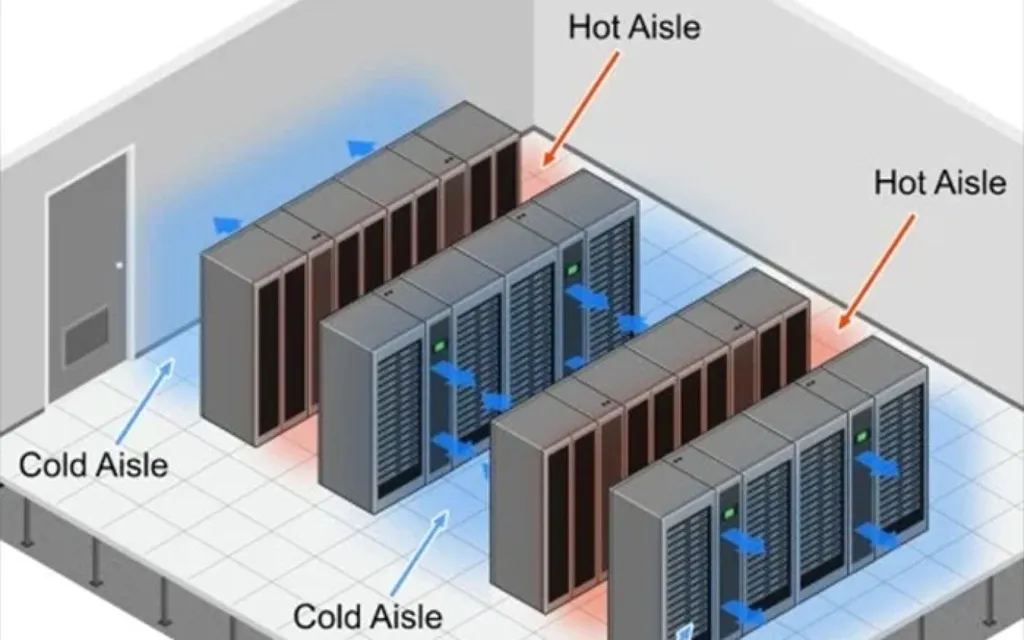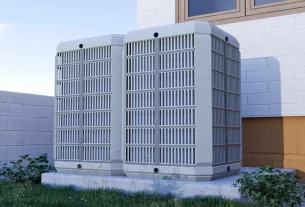Kaltra, an international company based in Munich, is a leader in manufacturing energy-efficient cooling solutions. But what exactly makes their offerings so effective? The answer often lies in the details, specifically in innovative components like the serpentine heat exchanger. From chillers to precision air conditioners, Kaltra’s products are designed to maximize efficiency and reliability, crucial for demanding environments like data centers and industrial facilities. Operating in over 60 countries, Kaltra demonstrates a commitment to environmental friendliness, which is reflected in their choice of advanced technologies.
Understanding Kaltra’s Cooling Solutions
Kaltra’s product portfolio covers a wide spectrum of cooling needs. Their chillers are engineered to provide precise temperature control in various applications, while their free cooling systems harness natural resources to reduce energy consumption. Precision air conditioners ensure stable environmental conditions for sensitive equipment, and microchannel heat exchangers enhance heat transfer efficiency. But where does the serpentine heat exchanger fit into all of this?
The magic is in the design. Instead of straight pipes, these exchangers use a coiled, snake-like configuration. This ingenious layout increases the surface area available for heat transfer within a given volume. What does this mean in practical terms? It means more efficient heat exchange, smaller unit sizes, and reduced material usage, all contributing to lower energy consumption and a smaller environmental footprint.
The Role of the Serpentine Heat Exchanger
The serpentine heat exchangers play a vital role in Kaltra’s commitment to environmental responsibility. Think of it this way, traditional heat exchangers can be bulky and less efficient, requiring more energy to achieve the same cooling effect. The serpentine design, however, optimizes heat transfer, allowing Kaltra’s systems to operate more efficiently and consume less power.
This improved efficiency translates directly into cost savings for Kaltra’s customers. Data centers, for example, are notorious energy hogs. By incorporating serpentine heat exchangers into their cooling systems, Kaltra helps these facilities significantly reduce their energy consumption and operational expenses. Industries with intensive cooling requirements can also enjoy similar benefits.
Efficiency and Reliability
Kaltra’s focus on environmental friendliness is not just about reducing energy consumption. It’s also about developing reliable and long-lasting products. The serpentine heat exchanger design contributes to both of these goals. By maximizing heat transfer efficiency, these exchangers reduce the strain on other system components, extending their lifespan and minimizing the risk of breakdowns.
Furthermore, Kaltra uses high-quality materials and rigorous manufacturing processes to ensure the durability of its products. This commitment to quality translates into greater reliability and lower maintenance costs for their customers, providing peace of mind in demanding environments. Imagine the cost of downtime in a data center. Kaltra’s approach minimizes these risks, keeping critical systems running smoothly.
Global Reach and Local Impact
Operating in over 60 countries, Kaltra has a global reach, but their impact is felt locally. By providing energy-efficient cooling solutions, they help businesses around the world reduce their environmental footprint and operate more sustainably. This commitment to sustainability aligns with growing global efforts to combat climate change and promote responsible resource management.
The serpentine heat exchanger, in essence, embodies Kaltra’s core values. It’s a small component with a big impact, demonstrating the power of innovative design to improve energy efficiency, reduce environmental impact, and enhance reliability. It is a testament to how smart engineering can contribute to a more sustainable future.
The Future of Cooling Technology
As the demand for cooling continues to grow, the importance of energy-efficient solutions will only increase. Kaltra is at the forefront of this trend, constantly innovating and developing new technologies to meet the evolving needs of its customers. The serpentine heat exchangers are just one example of their commitment to innovation and sustainability.
Looking ahead, we can expect to see even more advanced cooling technologies emerge, driven by the need to reduce energy consumption and minimize environmental impact. Kaltra is well-positioned to lead this evolution, thanks to their focus on research and development and their commitment to providing cutting-edge solutions. The use of serpentine heat exchangers is an element here. With companies like Kaltra leading the way, the future of cooling looks bright, promising a more sustainable and energy-efficient world.

